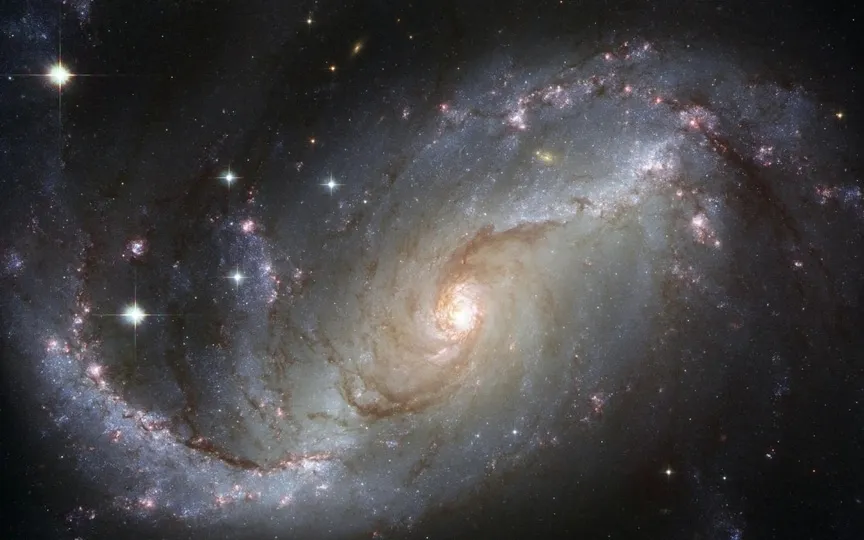Have other stars influenced Earth’s orbit? Explore these fascinating stellar interactions
Astronomers have made a significant discovery: stars that have come close to our solar system have had a major impact on the orbits of Earth and its neighboring planets. This revelation, discussed in a study called “Passing Stars as an Important Driver of Paleoclimate and the Solar System’s Orbital Evolution” published in The Astrophysical Journal Letters, challenges our knowledge of Earth’s past and includes changes in climate.
Stellar disturbances and climate change
Nathan A. Kaib, a senior scientist at the Planetary Science Institute who led the study with Sean Raymond of the Laboratoire d’Astrophysique de Bordeaux, emphasizes the importance of these stellar disturbances. “Perturbations — a small deviation in the angle of a celestial body due to the gravitational pull of a neighboring body — from passing stars change the long-term orbital evolution of the solar planets, including Earth,” Kaib explains, Phys.org reports. .
The study highlights a crucial link between the eccentricity of the Earth’s orbit and climate variations observed in the geological record. For example, during the thermal maximum of the Paleocene and Eocene 56 million years ago, the temperature of the earth rose by 5-8 degrees Celsius. While earlier theories attributed this to high orbital eccentricity, research shows that passing stars introduce uncertainties, expanding the range of possible orbital behaviors.
The simulations reveal the influence of the stars on the orbit
The simulations used, such as weather forecasts, have traditionally ignored the influence of stars passing close to the sun. As stars, including our Sun, pass through the center of the Milky Way galaxy, they sometimes approach each other in what are called interstellar encounters. Most importantly, these simulations now include such events, revealing their potential to shape our understanding of Earth’s past orbital states.
The study sheds light on the role of the giant planets (Jupiter, Saturn, Uranus and Neptune) as mediators between the Earth and passing stars. The paths of the stars disturb the orbits of these giants and subsequently affect the Earth’s orbit. Incorporating stellar encounters into simulations reveals the complexity of past epochs and challenges our confidence in historical orbital reconstructions.
In particular, the study identifies the interstellar movement of the Sun-like star HD 7977, which occurred 2.8 million years ago. This encounter with varying observational uncertainties offers the opportunity to change predictions of the Earth’s orbit over 50 million years ago. Kaib concludes, “Given these results, we must reassess past epochs of Earth’s history and acknowledge the orbital uncertainties caused by passing stars. . . .”
Also read these top stories today:
Will Bhai get things done in India? Carl Pei goes by the name Bhai before the release of the Nothing Phone 2a, along with Perplexity CEO Elon Musk. Read all about it here. If you enjoyed reading this article, please share it with your friends and family.
Let’s improve @work! Looking for an impressive work management tool to increase team productivity? Learn how Smartsheet can help Teams provide effective collaboration tools. This article has some interesting details. Check it out here. If you enjoyed reading this article, please share it with your friends and family.
The latest iPhone available at a big discount! Just a few months after its launch, the Apple iPhone 15 is available at a huge discount. Check it out here. Was it interesting? Go ahead and share it with everyone you know.HR




